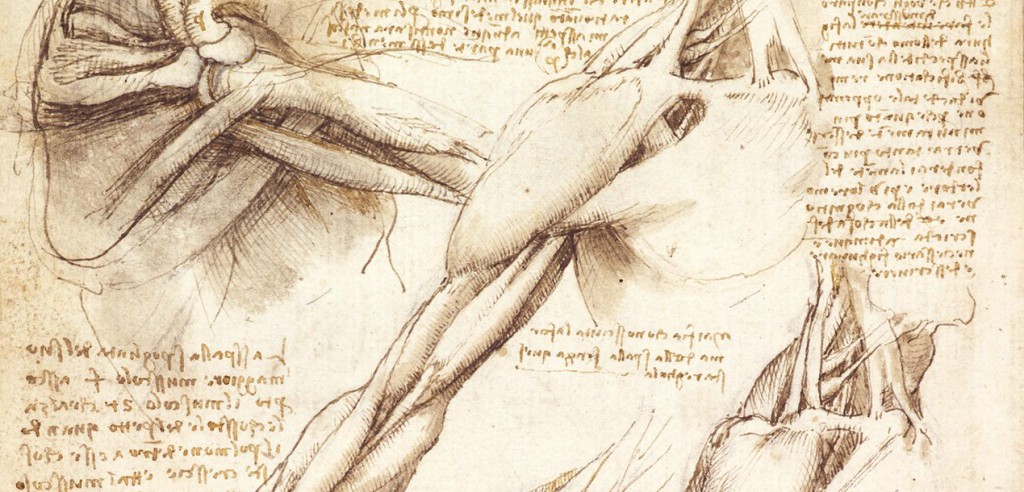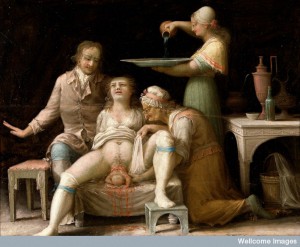First Game

Start: 10/16/15
Bacteria: LoveBug V
Origin: Zimbabwe
100 people infected: 12/08/15 (around 2 months)
1,000,000 people infected: 02/08/15 (around 4 months)
First Death: Mexico 09/15/15 (around 11 months)
Destroyed Human Race: Yes 05/30/15 (593 days)
Conquered Greenland? YES
In this first game, I chose to go with Zimbabwe, a poor nation. Since a poor nation is a rather easy breeding ground for bacteria, I chose to focus on increasing some transmission but mostly the abilities so that it could survive in wealthier nations and I would increase the symptoms once more nations were infected so it wouldn’t be as noticeable. I think this game took longer than the test rounds I played before because it takes a lot of DNA points to increase the lethality of the symptoms as well as the abilities of the bacteria. Also, poor countries mean that no one really travels out or into the country so spreading the bacteria to wealthy nations is actually quite difficult.
Second Game

Start: 10/16/15
Bacteria: Rapid Z
Origin: Canada
100 people infected: 01/13/16
1,000,000 people infected: 06/13/16
First Death: USA 01/02/17
Destroyed Human Race: No
How long until cured: 972 Days (05/02/18); 05/31/18 bacteria was eradicated
In the second game, it took extremely long for the bacteria to travel out of the country and even longer for the whole world to be infected. I started this game thinking that if I maxed out the abilities of the bacteria it would prevent the cure from being made too fast. However, towards the middle and end, I realized that if the bacteria was not lethal enough, the whole nation would not die fast enough meaning the cure can still be created. It was already too late to do anything about it because as the game goes on, less DNA points are accumulated. Overall, starting in a cold and wealthy nation meant slow infectivity and low lethality if points aren’t distributed amongst the 3 categories evenly.
This game really helped me to understand the pandemic transmission better because it was visualized and I was the one controlling the bacteria. It was interesting to learn that although in both games the whole world was infected with my bacteria, the second game showed that there is still a chance for humanity to redeem themselves as long as they suppress the effects of the bacteria and slow it down. Perhaps humans can endure more than we think? Also, Greenland was infected in both games!




